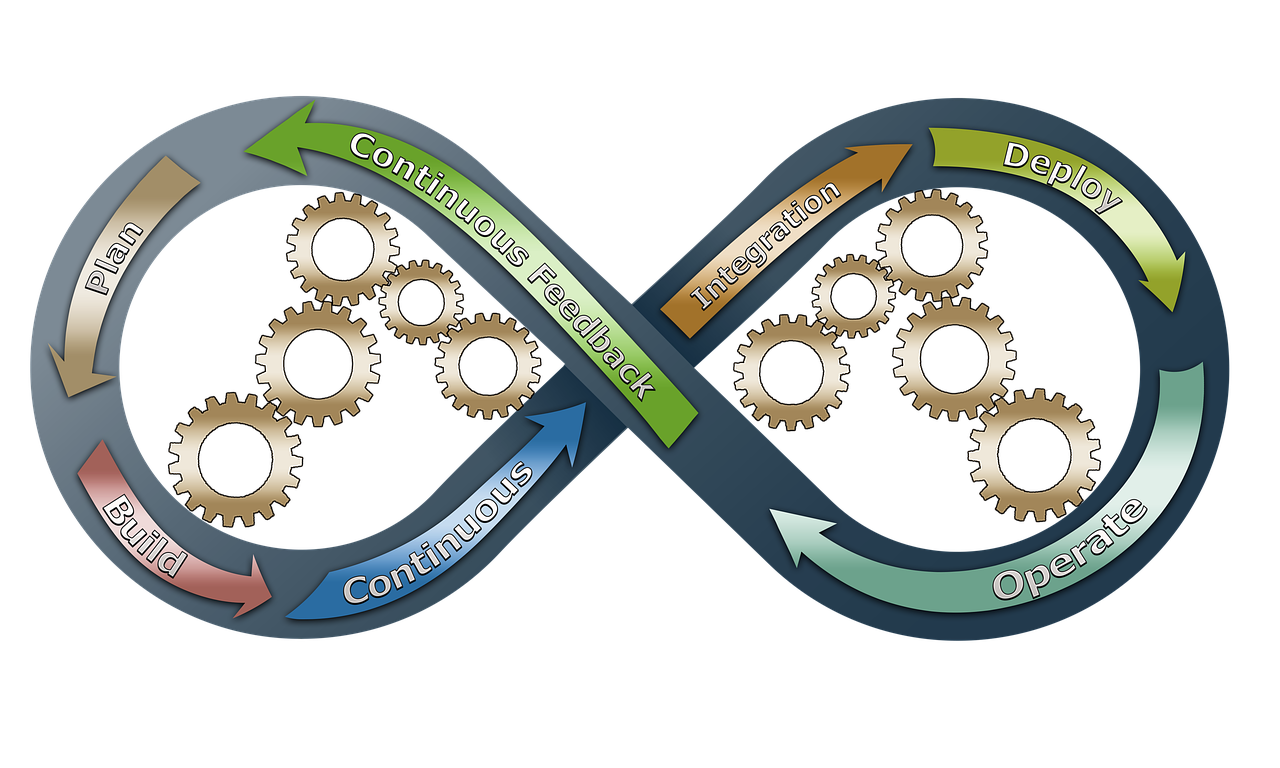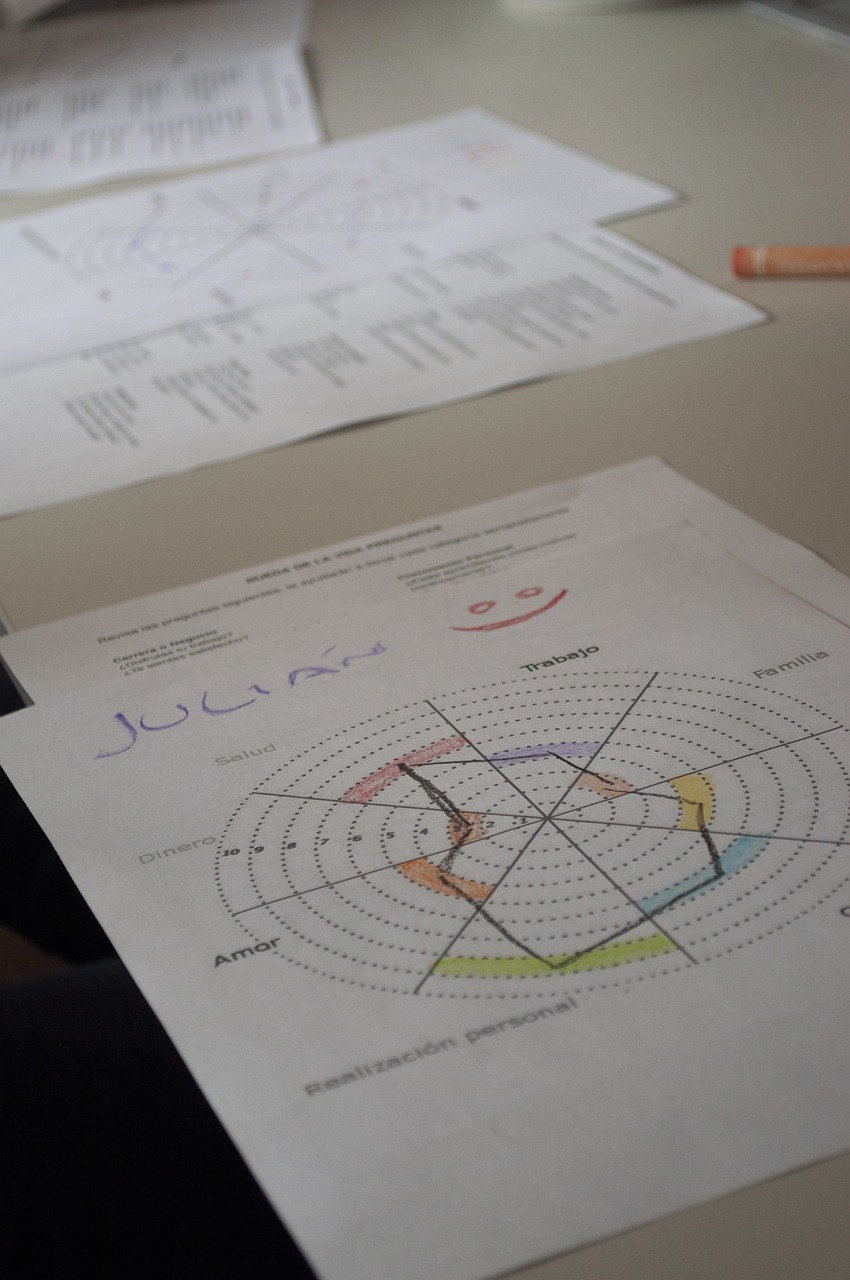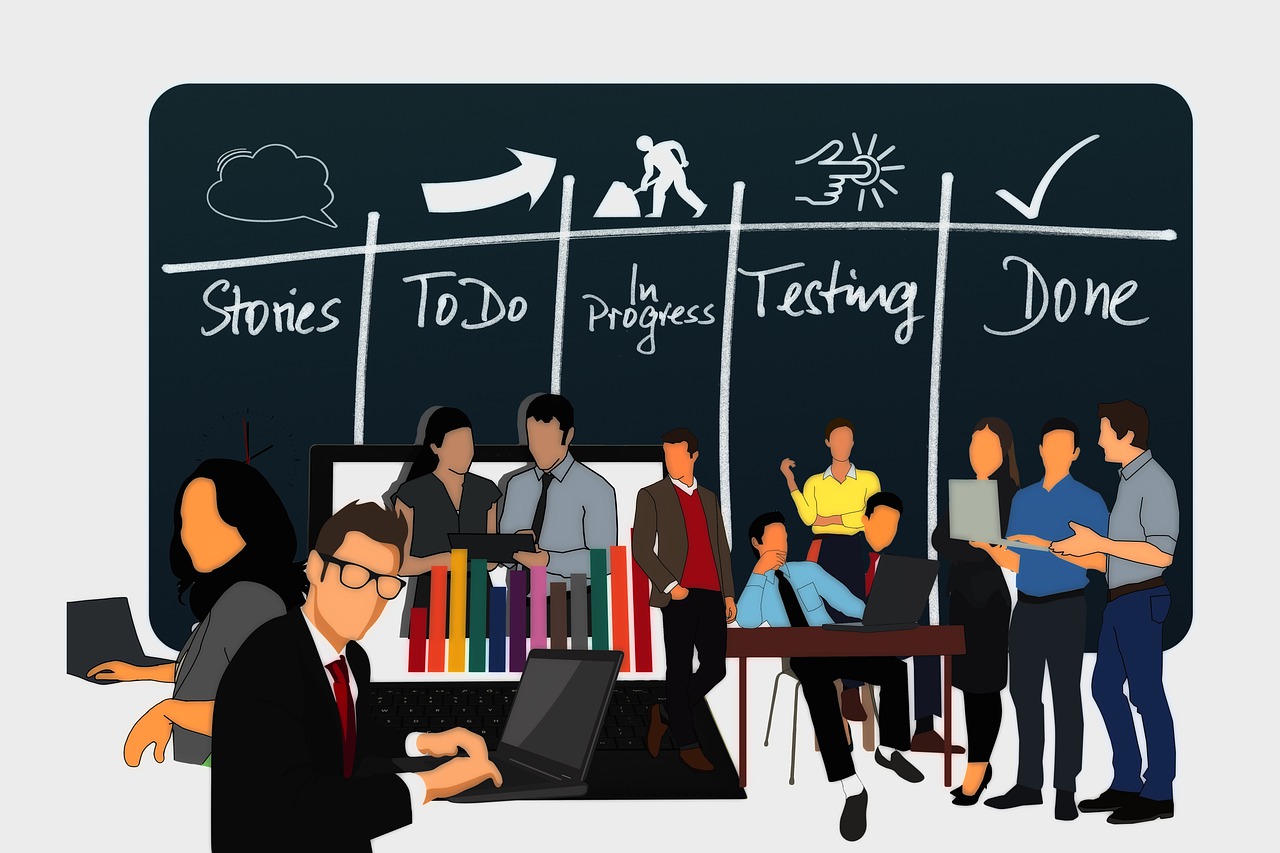
Before comprehending what an agile transformation is, an understanding of what it suggests to be agile needs to be identified. Agile, loosely defined, is the "ability to move and believe quickly and quickly" or "to relocate a fast and collaborated style. In the world of software application advancement, among the primary objectives of embracing and transforming to Agile? is to produce working, quality software application, in short, fast increments likewise known as constant shipment. This often needs that teams are able to accept and carry out quick, altering requirements.
Agile, as it relates to predict management for software development, is often utilized as a synonym for Scrum, Kanban, or other types of frameworks. This is an inaccurate and deceptive method to describe what it means to be nimble. Agile is a set of concepts and values noted formally in the Agile Manifesto, developed in 2001.
In order to supply extra assistance, twelve principles were developed to support the 4 main values and are also noted as part of the Agile Manifesto.
The authors of the Agile Manifesto did not offer a prescription or a formula on how to end up being nimble. The Manifesto does not point out Scrum or any other variety of procedures or approaches. They simply explained a little set of values composed as basic declarations, but are still challenging for a lot of companies to understand and accept.
Many people are amazed to be informed that it is a misperception to believe that an organization can't be nimble if they exercise a waterfall method. In fact, just one of the Agile Manifesto worth statements points out software, and none point out an approach. It is likewise improperly presumed that Agile is an approach.
Agile is finest described as an umbrella of values and concepts and under it are many different sets of frameworks that assist a company achieve agility. Dexterity is the objective while Scrum, Lean, Kanban, or another type of structure is frequently the "how".

Agile change does not mean prescribing a methodology.
Agile Transformation Definition: What is the Definition of an Agile Transformation?
Agile Transformation Defined
A nimble improvement definition is an act of transforming an organization's form or nature gradually to one that has the ability to embrace and flourish in a versatile, collaborative, self-organizing, fast-changing environment. The Agile Manifesto values and principles can be taught and worked out throughout any kind of company as it does not just apply to advancement teams.
The entire company requires to understand the meaning of a nimble transformation and its value of it in order to gain from the benefits of achieving true, healthy agility. The total cultural and organizational state of mind needs to change to one that accepts a culture of self-organization and partnership.
Agile Adoption vs Agile Transformation
What is Agile Adoption versus an Agile Transformation?
Nimble adoption and nimble improvement terms are frequently incorrectly utilized interchangeably.

However, there are some major differences between adoption and change.
Agile Adoption
Nimble adoption is "doing" agile. "Adoption" is the act of using up or putting something into impact.
A common knee-jerk reaction is to embrace Scrum, a popular structure because it recommends a specific set of conferences (ceremonies) and example programs of what is to take place in those ceremonies. It is typically much easier to carry out an organizational modification to something that looks like a "procedure" since "processes" are what feels most comfortable and easiest.
Nimble adoption and nimble improvement terms are often improperly utilized interchangeably. However, there are some major differences in between adoption and change.
Agile Adoption
Agile adoption is "doing" nimble. "Adoption" is the act of taking up or putting something into impact.
A common knee-jerk reaction is to embrace Scrum, a popular framework because it prescribes a particular set of conferences (ceremonies) and example agendas of what is to take place in those ceremonies.

It is frequently easier to execute an organizational modification to something that resembles a "process" because "procedures" are what feels most comfy and simplest.
Organizations frequently stop working at nimble improvement due to the incorrect presumption that because they are "doing"-- they have "end up being". It might be premature to "embrace" a practice prior to understanding "why" the practice was created.
For instance, the very first agile worth states that "Individuals and interactions are valued more over processes and tools". The simple act of having a face-to-face discussion versus utilizing a computer system to send an e-mail or utilizing a telephone would be an example of embracing an action or practice that shows a nimble value.
This is a very simple policy that can be stuck to, but in order for an organization to continue towards ending up being an effective nimble organization, they require to understand the "why" in order to assist create the "how".

Agile Transformation
Nimble improvement is "being, becoming or altering character or condition to one of dexterity". This is far more tough to accomplish. It involves a frame of mind change in all people in a company which can be uneasy for the majority of.
Most organizations recognize the benefits of agile however aren't sure how to create or encourage Agile "habits" or when to present frameworks and practices. Presenting structures and practices too early could be anti-productive.
Agile Lean Transformation
What is Agile Lean Transformation?
Agile Lean improvement is transforming to dexterity while carrying out and acknowledging Lean practices and values. Lean, originally planned for production, was later recognized as relevant and suitable for software advancement. The primary goal of Lean is to take full advantage of client worth while reducing waste.
The crucial principles of Lean:
Lean has 7 key principles (often referred to as "practices") that use to software application advancement:
Waste Elimination Amplify Learning Late Decision Making Quick Delivery Group Empowerment Built-In Integrity View Applications as a WholeAgile worths and principles support producing working quality software quickly.
In order to achieve the best benefit, the software application ought to have some worth to the end-user.
Removing waste (activities that are not supplying worth such as flaws, non-productive conferences, waiting, inventory, etc) naturally permits time to be invested in activities to be invested in things of value.
The result is the capability to rapidly launch working quality software that a client is going to value. By using a Lean practice, you are attaining an objective of Agile for this reason, Agile Lean change could be considered a healthy marriage of lean and agile principles and worths.
Integrating Lean and Agile helps to guide an organization into dexterity and Lean thinking faster without recommending a particular set of actions (or procedure).
Want an individualized assessment?



Write A Comment